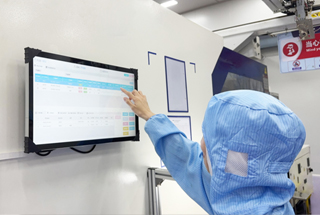Selecting the right enteral feeding bag is critical to ensuring patient safety, comfort, and effective nutritional delivery. For clinicians and healthcare providers, understanding key factors in product selection can significantly impact clinical outcomes. This guide outlines actionable insights to help you make informed decisions while optimizing your search for reliable suppliers.
Key Considerations for Enteral Feeding Bags
1. Capacity and Design
Choose a bag size based on the patient’s nutritional needs and mobility. Standard capacities range from 500 mL to 1,500 mL:
Smaller bags (500–750 mL): Ideal for pediatric patients or those requiring frequent formula changes.
Larger bags (1,000–1,500 mL): Suitable for adults needing continuous feeding over extended periods.
Ensure the bag design includes graduated markings for accurate volume monitoring and anti-reflux valves to prevent contamination .
2. Material Safety and Compatibility
Opt for medical-grade materials like silicone or PVC-free plastics to minimize chemical leaching risks. Silicone bags offer durability and flexibility, while PVC alternatives reduce exposure to DEHP (a plasticizer linked to health concerns). Verify biocompatibility certifications (e.g., ISO 10993) to ensure compliance with safety standards .
3. Connection Compatibility
Ensure the bag's connectors match your existing feeding tubes and pumps. Common types include:
Luer-lock systems: Secure and leak-proof for ambulatory patients.
Universal connectors: Versatile for multi-device compatibility.
Mismatched connectors can lead to leaks or disconnections, increasing infection risks.
Matching Patient Needs to Product Features
Mobility and Portability
For active patients, lightweight bags with carrying straps or belt clips enhance mobility. Look for transparent designs to easily monitor formula levels and detect contaminants.
Infection Control
Disposable, single-use bags are recommended to reduce cross-contamination. For reusable options, prioritize bags with easy-clean surfaces and detachable components for thorough sterilization.
Supplier Selection and Quality Assurance
When sourcing enteral feeding bags, partner with reputable suppliers who provide:
Regulatory compliance: Ensure products meet FDA, CE, or ISO 13485 standards.
Batch testing documentation: Verify quality consistency and traceability.
Customization options: Some suppliers offer tailored solutions for specific clinical scenarios (e.g., neonatal care) .
Maintenance and Replacement Tips
Daily inspection: Check for cracks, discoloration, or stiffness in the material.
Replacement schedule: Replace disposable bags every 24 hours; reusable bags should follow manufacturer guidelines (typically 7–10 days with proper care).
Conclusion
Choosing the right enteral feeding bag requires balancing patient-specific needs, material safety, and supplier reliability. By prioritizing certified products and evidence-based design, clinicians can enhance both safety and efficacy in enteral nutrition delivery. For global procurement, explore suppliers with robust quality control systems to ensure consistent product performance .


 Français
Français Español
Español Products
Products

 About Us
About Us











